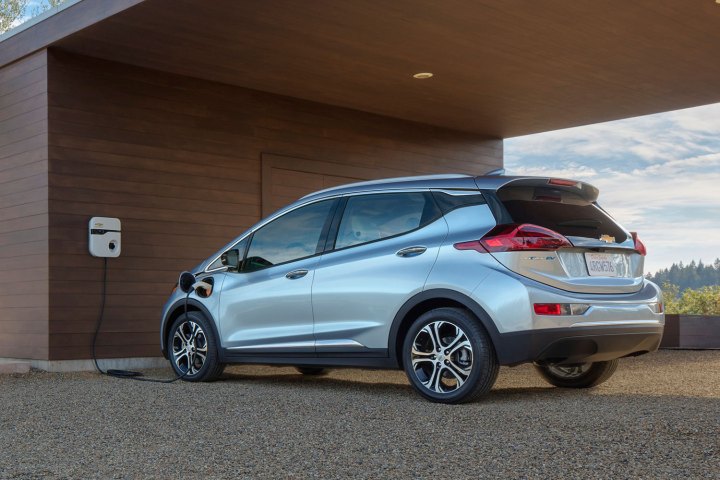
ChargePoint’s report covers the current state of EV sales, the rise of EV charging, and how EV driving and charging behavior will evolve in the years to come. There are EVs in all 50 states, according to the report, and the sector experienced 37-percent year-over-year growth from November 2015 to November 2016. The report cites cumulative U.S. EV sales of 542,000 electric vehicles as of November 2016.
ChargePoint quotes the Center for Sustainable Energy and the California Air Resources Board (CARB) in citing four main reasons people choose to drive electric: Cost savings in the form of lower fuel and maintenance costs; the environmental benefits of cutting greenhouse gas emissions; bells and whistles sought by tech “fanatics” who seek the latest features; and carpool convenience, especially for those who can use High-Occupancy Vehicle carpool lanes by virtue of driving a low-emissions vehicle.
As for the EV charging infrastructure in the U.S., it grew 25 percent in 2016, says the ChargePoint report summary. As of the time of the report, ChargePoint, the world’s largest charging network, noted it had more than 31.100 total charging spots, but its report doesn’t include numbers from other companies. Tesla’s website, for example, currently lists 796 charging stations supporting a total of 4,876 Superchargers.
As EVs and charging networks become more common, most people who commute with EVs will likely continue to charge at home for the convenience. According to ChargePoint, today the top three public places to charge EVs are at work, in cities and towns, and at retail locations.
Most charging happens during weekdays — which is more than twice as common than on weekends — and by far the most popular time of day to start charging is 8 a.m. This suggests that EV drivers most often plug when they get to work. ChargePoint states that having EV charging available at work makes employees 20 times more likely to drive an electric vehicle.
Editors' Recommendations
- Could EVs charge wirelessly? Here’s what you need to know
- Lucid joins other automakers by adopting Tesla charging plug
- Charging your EV is about to get easier, as carmakers team up to build 30,000 chargers
- Beware of this EV with pitiful charging speed — and others like it
- Mercedes EV charging hubs are coming to North America by the end of the decade




